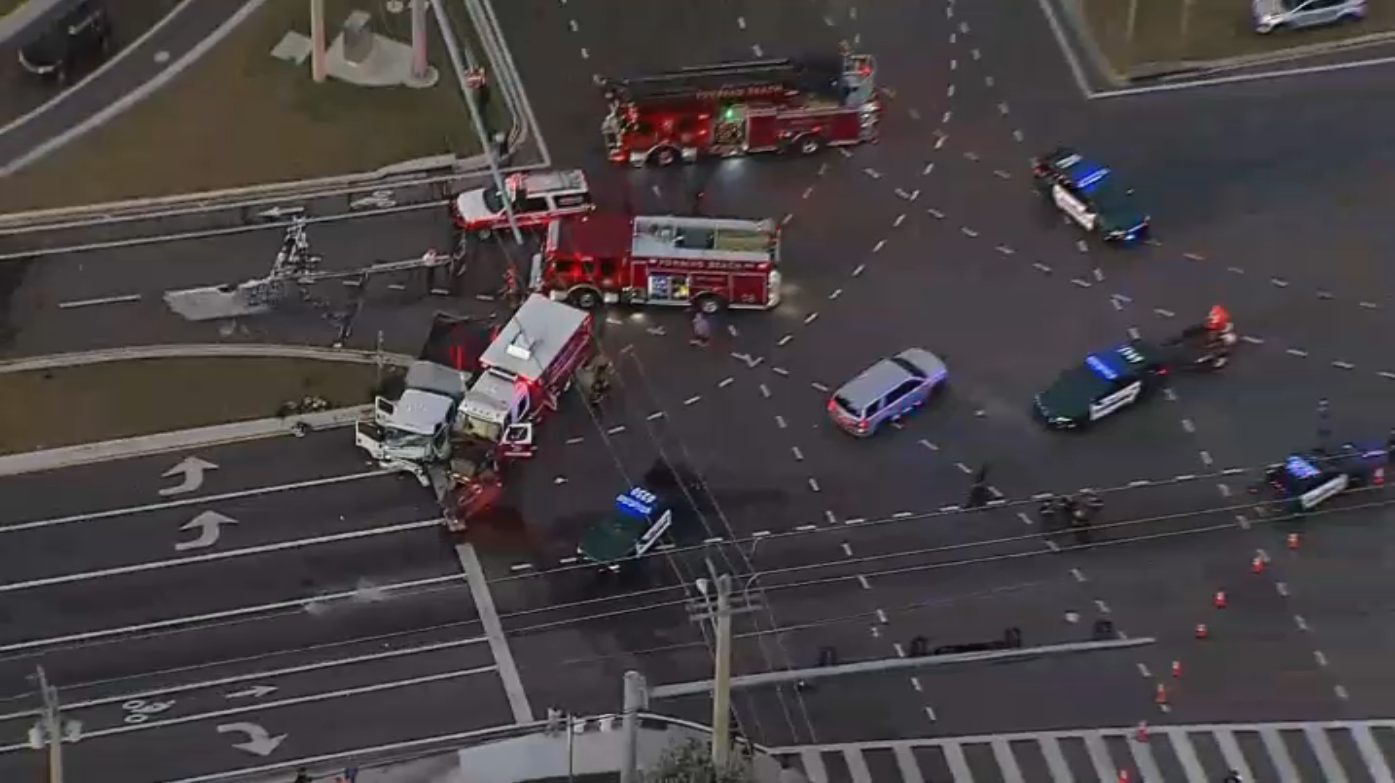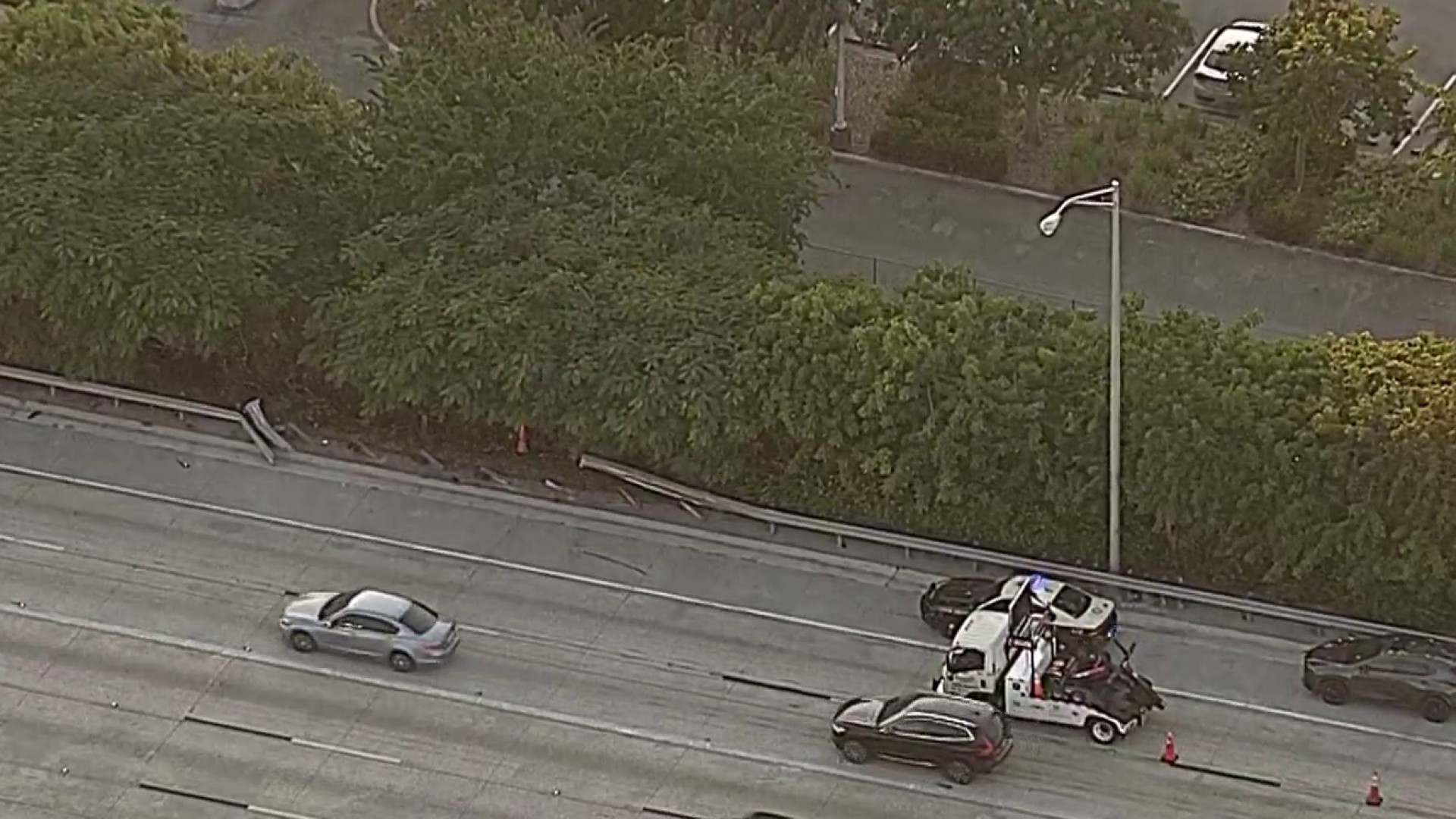Every year, Zillow comes out with a report of the amount of millionaire cities in the United States. This year, there are 550 in the country, and 32 of them are in Florida.
Seventeen of them are in South Florida.
Watch NBC6 free wherever you are
A millionaire city is defined as a place where the typical value of a house is at least $1 million. But does that high price tag come with a catch?
“There’s not much more you could ask for at least out of Palmetto Bay,” said Alex Carr, who owns a home right across from Coral Reef Park since 2015.
Get local news you need to know to start your day with NBC 6's News Headlines newsletter.
“When we first bought this house we thought at the beginning, ‘Oh man, can we afford this house?’, ‘Did we bite off more than we could chew?' And now looking back, it was a home run. It was a steal," Carr said.
His wife, Ana-Mari, a longtime resident of Palmetto Bay, remembers how a neighbor sold his house for $880,000 two years ago.
"We were like, ‘Wow look how much that sold for!’ And now he could sell it for $1.5 million or something along those lines. So, it is really astounding to see how much these homes are worth,” she said
Local
The Village of Palmetto Bay is a new addition to Zillow’s latest report on millionaire cities.
The South Florida cities included in the list are: Bal Harbour, Coral Gables, Fisher Island, Golden Beach, Key Biscayne, Palmetto Bay, Pinecrest and Surfside in Miami-Dade County. Broward County's millionaire cities are Parkland, Sea Ranch Lakes and Southwest Ranches.
And Golf, Gulf Stream, Jupiter Inlet Colony, Manalapan, Ocean Ridge and Palm Beach are millionaire cities in Palm Beach County.
The Carrs believe that what makes their village of 25,000 residents desirable is the park system, which is now comprised of six parks, 15 public and private schools, the green space, proximity to water and less traffic.
The Mayor of Palmetto Bay, Karyn Cunningham, thinks of their village as a "million-dollar home community," as most of the residents are not millionaires, but rather, made a good investment.
But is there a catch to that smart move?
"I think the housing market itself has kind of kept people in place, where even if you could sell a home for over $1 million, then where are you going to move?” Cunningham said.
AN AFFORDABILITY ISSUE
Mayor Cunningham says that the majority of the community is over the age of 65, and about 20 percent of the residents are under the age of 18. That means there are lots of families, like the Carrs, who are worried about future generations.
“It’s pretty amazing, but scary at the same time,” says Ana-Mari Carr.
The mayor of Pinecrest, which has remained one of Florida’s million-dollar cities, has his own concerns.
“The problem is that unless you bought a house recently in Pinecrest, most of us in Pinecrest couldn’t afford our own homes,” said Mayor Joseph M. Corradino. “So, the children can’t move back to town because now this is unattainable. The average home price is $1 million. These houses are ginormous. They are 25,000 square feet. Some are bigger than that, and at $25 million. It’s a place where the people who have perhaps grown up here, either young or old, can’t stay in the community, so they are getting displaced.”
Corradino says the city of large density lots, tree canopy and easy accessibility thanks to its location, faces what many other million-dollar cities in the state face: an affordable housing crisis.
So, while the title is a nice one to have, it comes with the responsibility to figure out how those who live here can stay here.
Zillow’s Senior Economist Orphe Divounguy says that Florida tends to be a healthier market, “in the sense that the home value appreciation has slowed."
"We have seen a big increase in new listings, homes being listed in the market for sale in the last year, so that slowdown has contributed to a small decrease in a number of cities with homes valued at a million dollars and above,” Divounguy said.
Because of this trend, three Florida cities have been taken off the list: Siesta Key, Santa Rosa Beach and Sanibel.
But Divounguy says what impacts what remains as a million-dollar city is population growth, demand for housing and supply.
Over the next year, experts believe the number of million-dollar cities and homes will decrease.
"I think that’s welcome. With affordability strained, so many people being priced out of housing market because mortgage rates have doubled over the last several years, slow down in price appreciation is going to help people who are right there, and cross over that threshold to be able to afford a home,” Divounguy said.



